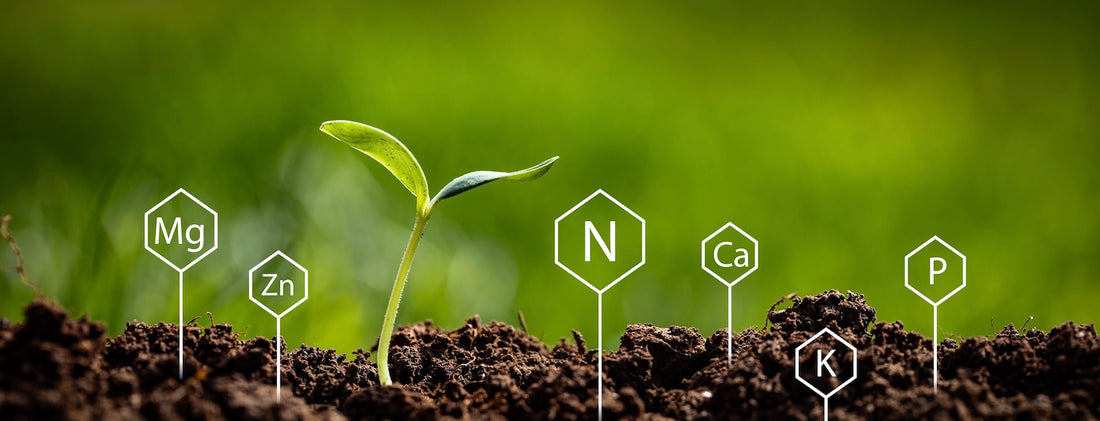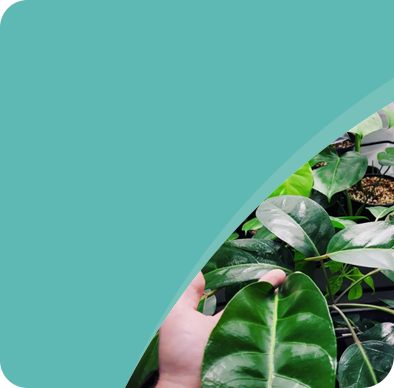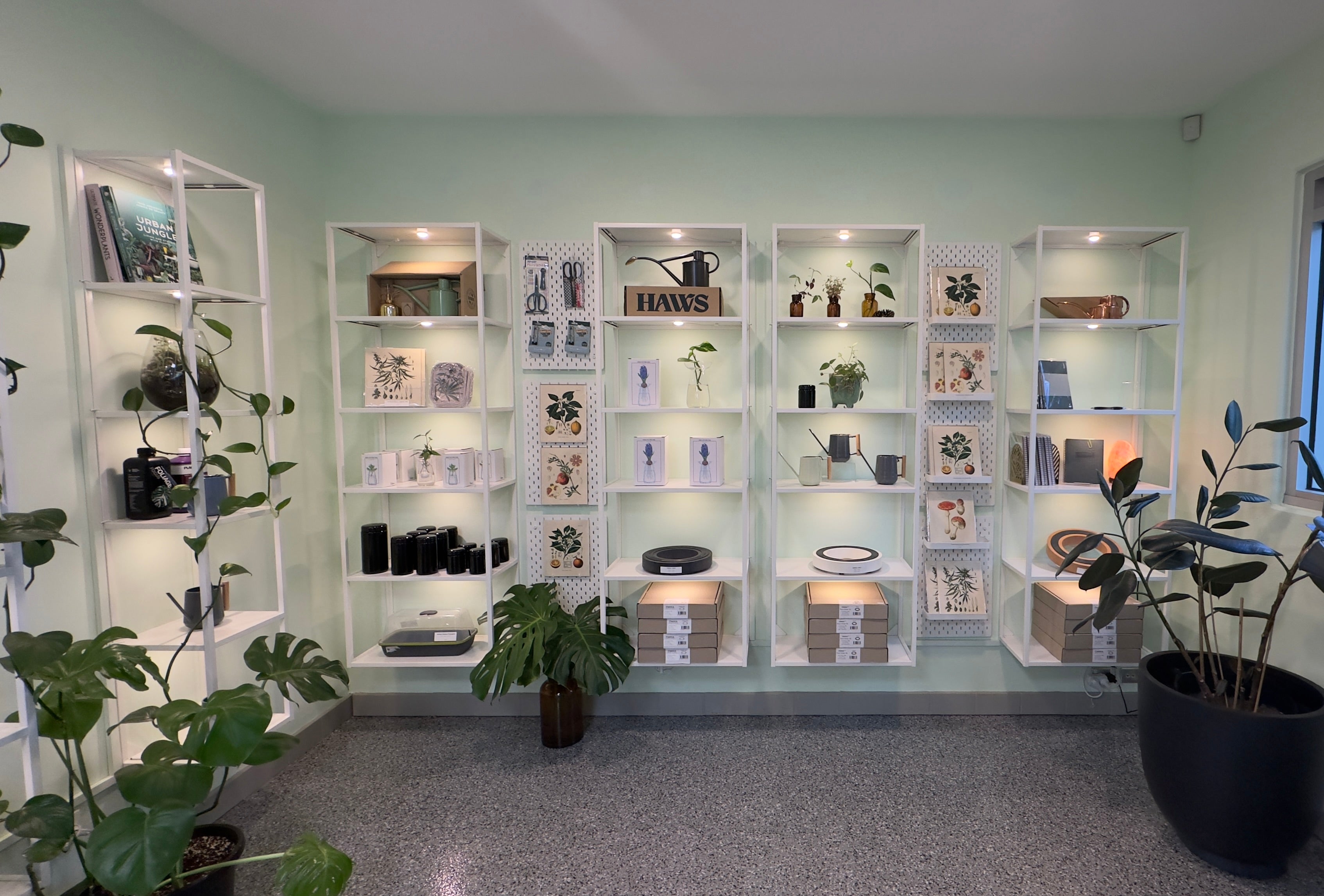This week we want to discuss the importance of Nutrient Solutions.
Your nutrient solution as you know is the food your plant needs as a requirement for growth.
Growth however, cannot take place if the variables are incorrect.
The variable we need to focus on is temperature, if the temperature is incorrect, regardless of sufficient lighting the plant will not be able to absorb the available nutrients.
So, the environment and nutrient solution may be on point with the perfect pH and EC, but if the temperature of that solution is below the minimum requirement, absorption will not take place.
What is the ideal temperature for my nutrient solution?
Key temperature range:
- 15.5c -21.5c (59.9F – 70.7F)
Any lower than 15 degrees Celsius (59F) may cause the plant metabolism will slow or completely shut down, feeding then becomes restricted and not long after if the solution has not been altered in temperature the plant will slowly start to die because of its inability to consume nutrients.
Any higher than 22c Celsius runs the risk of developing pathogens, water moulds and diseases to the roots of your plants. 'Root Rot' (water mould genus Phytophthora) is a very common disease that will slowly kill your plant if not treated.
Root rot commonly occurs when water temperatures reach higher than 25c celsius for a prolonged period of time , lowering the overall dissolved oxygen available in the nutrient solution, as dissolved oxygen content in water is reduced as temperatures increase.
By correcting the temperature range after a problem has occurred, the plant may still be in shock, so don’t expect it to bounce back immediately. In most cases an interruption to the plants metabolic cycle could take a period of up to 15 days to fully recover.
How do I keep my reservoir/nutrient solution temperate?
Key products used:
- Water Heaters
- Heat mats (Smaller hobbyist solutions)
- Climate control
Water heaters are the most cost effective method to achieve the correct temperature range, and most units have pre-installed thermostats which allows the user to set a minimum and maximum temperature range for their hydroponic solution.
Heat mats usually have a 10 degree raise on the ambient temperature, so if the volumes you are working with are smaller, this method could actually prove useful. Not viable for large reservoirs.
Climate control systems are quite expensive but if the user wishes to convert their operation into something a little more turnkey, this along with some other automations is by the far the easiest way to control your variables.




